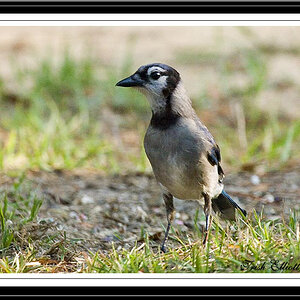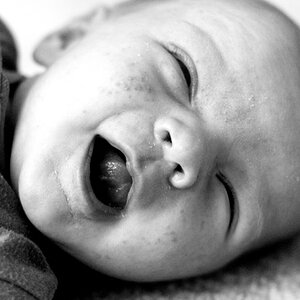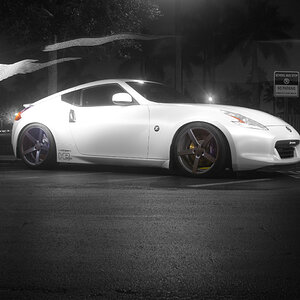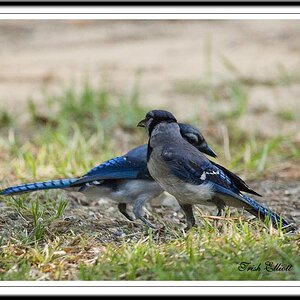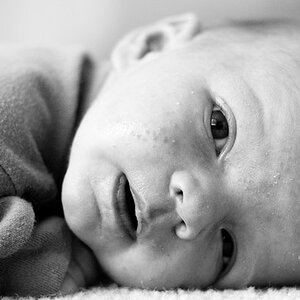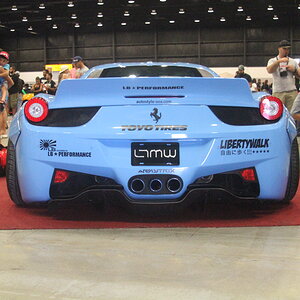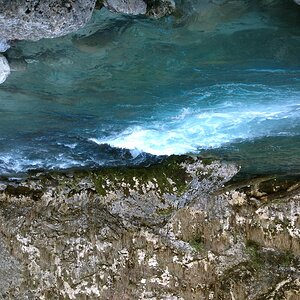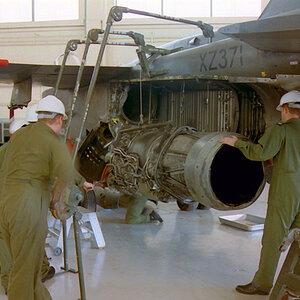Dao
No longer a newbie, moving up!
As far as full frame sensor with high ISO advantage. As technology advance, smaller sensor should be able to perform pretty well as well. Maybe a smaller cell phone sensor can beat the current Nikon D4 in high ISO performance. And cost of making sensor could possible going down as well.
With everybody betting on Graphene, (which is a single carbon atom layer material and 1000 times more light sensitive than CMOS). So recording medium size may not be the driving force. Lens design / cost could be the driving force.
Just look at the Sigma f/1.8 zoom lens for DX format. I can see more coming since it is cheaper to make and the lenses are going to be lighter in weight when compare with a lens that is made for FX with the same optical properties.
Imagine, a 300mm f/1.8 DX lens is about the same size and weight as a 200mm f/2.8 FX lens
With everybody betting on Graphene, (which is a single carbon atom layer material and 1000 times more light sensitive than CMOS). So recording medium size may not be the driving force. Lens design / cost could be the driving force.
Just look at the Sigma f/1.8 zoom lens for DX format. I can see more coming since it is cheaper to make and the lenses are going to be lighter in weight when compare with a lens that is made for FX with the same optical properties.
Imagine, a 300mm f/1.8 DX lens is about the same size and weight as a 200mm f/2.8 FX lens



